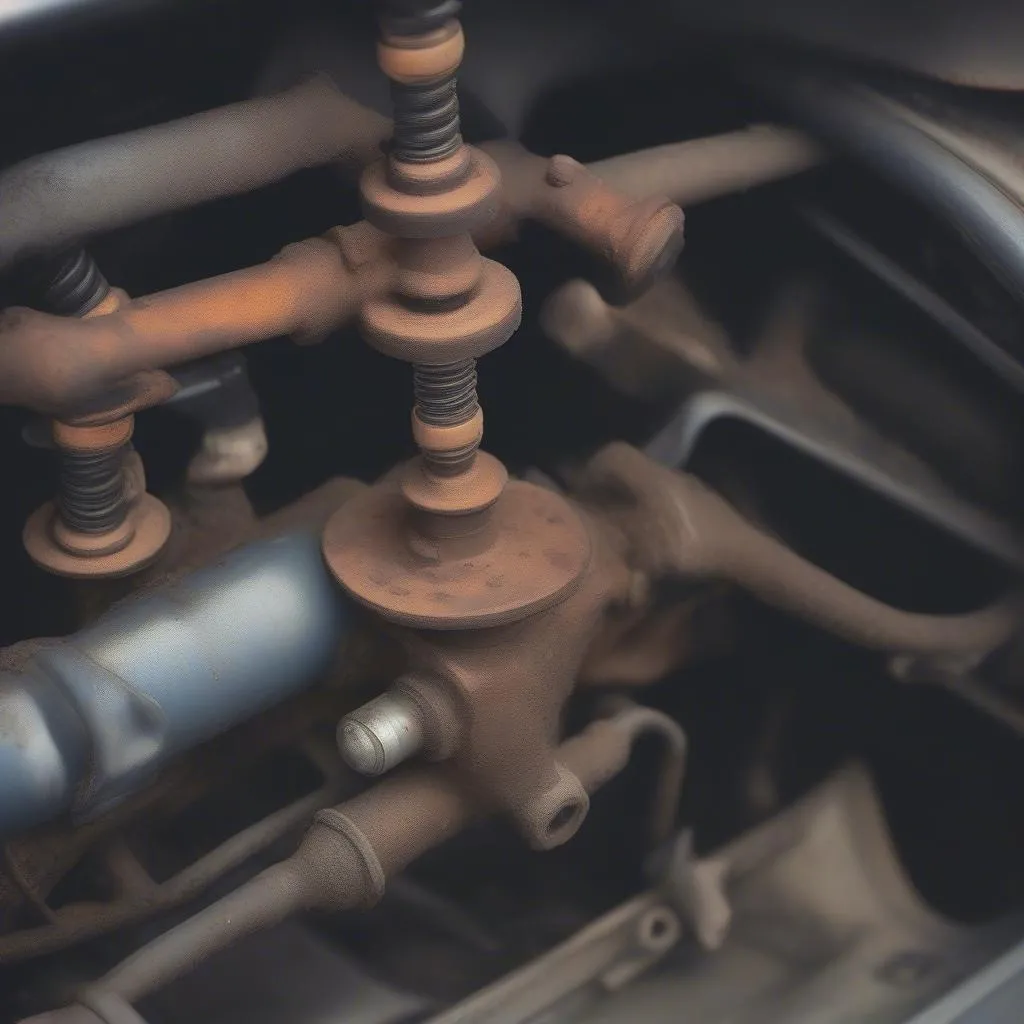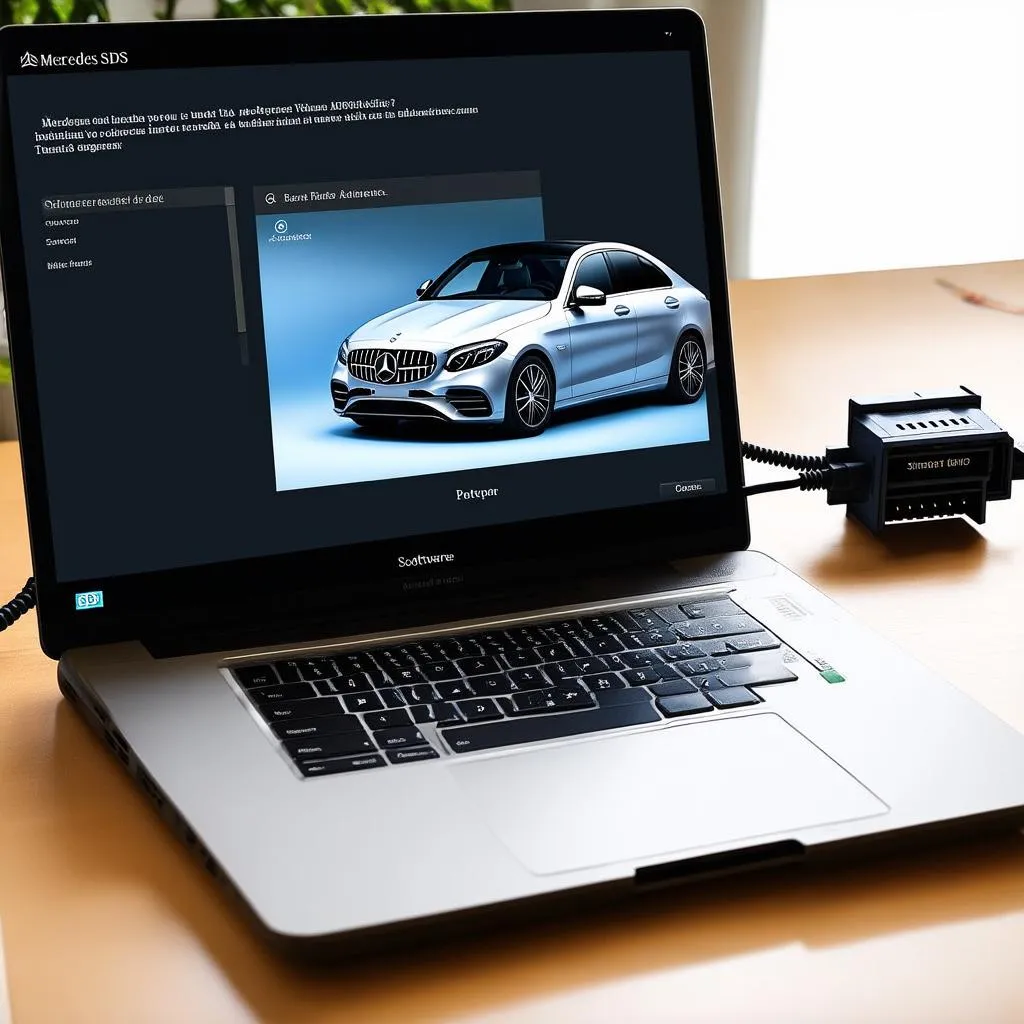Experiencing issues with your 2011 Mercedes E350’s rear end? You’re not alone. This is a common problem for many E350 owners, but it doesn’t have to be a headache. Whether you’re hearing strange noises, noticing uneven tire wear, or experiencing poor handling, this guide will walk you through the common causes, symptoms, and solutions for fixing your Mercedes E350’s rear end.
Understanding the Problem: What Causes Rear End Issues in a 2011 E350?
Several factors can contribute to rear end problems in your 2011 Mercedes E350. These include:
- Worn-out Suspension Components: Over time, components like shocks, struts, bushings, and control arms can wear out, leading to instability and a bumpy ride.
- Differential Problems: Issues with the differential, such as worn gears or bearings, can cause noises, vibrations, and difficulty handling.
- Wheel Bearing Failure: A failing wheel bearing can generate a humming or grinding sound, particularly at higher speeds.
- Alignment Issues: Improper wheel alignment can cause uneven tire wear and affect your E350’s handling.
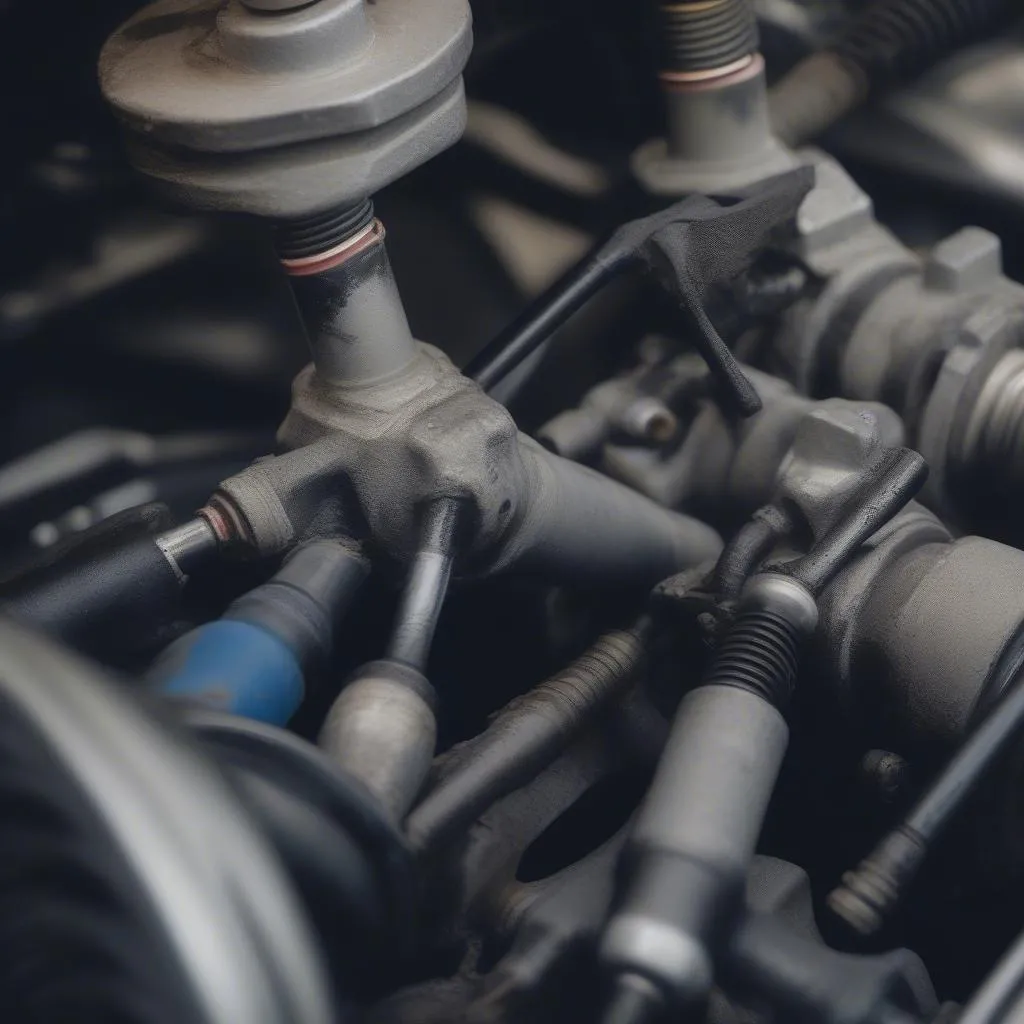 Worn Out Car Suspension
Worn Out Car Suspension
Recognizing the Symptoms: Is Your 2011 E350’s Rear End in Trouble?
Identifying the symptoms early can save you time, money, and potential headaches down the line. Here are some telltale signs of a rear-end problem:
- Unusual Noises: Clunking, banging, grinding, or humming sounds, especially when going over bumps or turning.
- Vibration: Feeling vibrations in the steering wheel, floorboard, or seats, particularly at certain speeds.
- Poor Handling: Experiencing difficulty steering, a loose or wandering feeling, or the car pulling to one side.
- Uneven Tire Wear: Noticing excessive wear on the inner or outer edges of your rear tires.
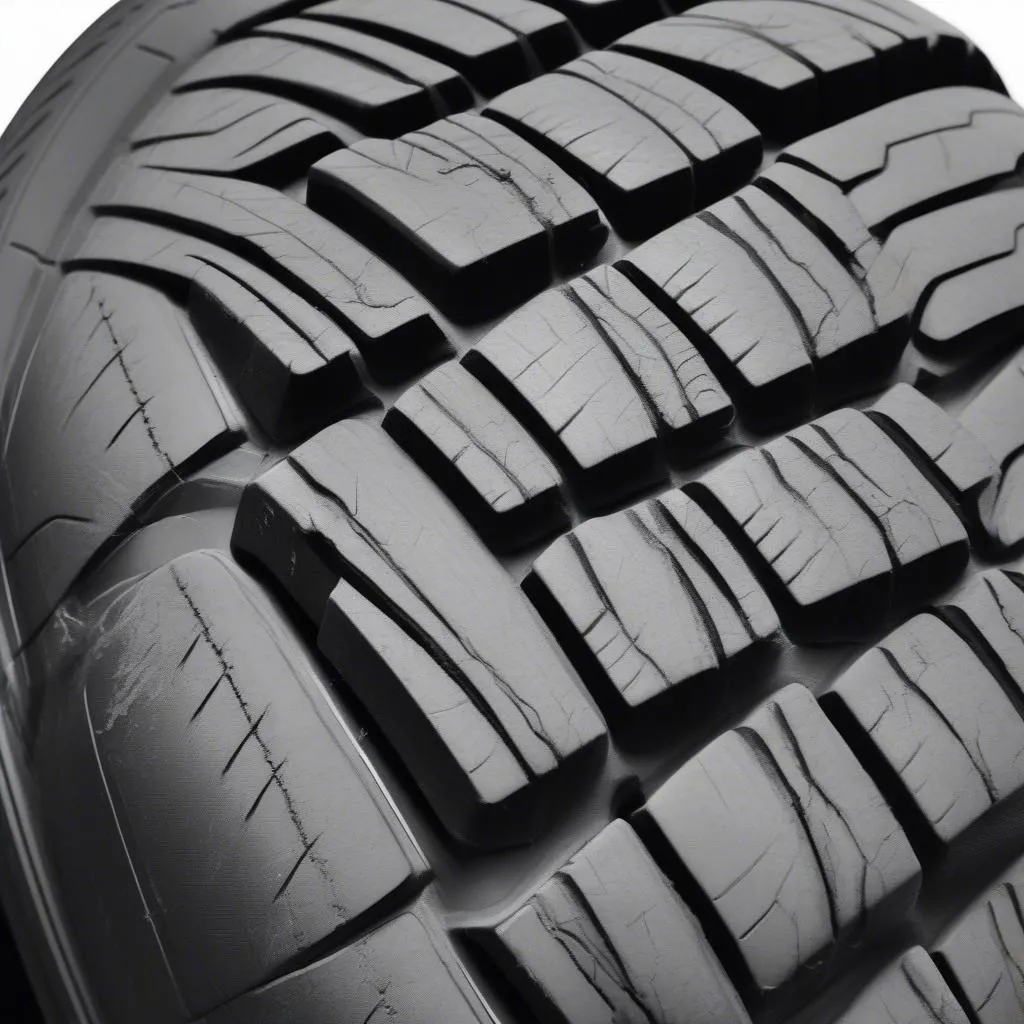 Uneven Tire Wear
Uneven Tire Wear
Gearing Up for the Fix: What Tools Do You Need?
Before starting any repair, it’s crucial to gather the necessary tools. While the specific tools might vary depending on the exact issue, here are some common ones:
- Jack and Jack Stands: For safely lifting and supporting your E350.
- Wrench Set: To loosen and tighten nuts and bolts.
- Socket Set: For removing and installing various components.
- Torque Wrench: To ensure bolts are tightened to the correct specifications.
- Pry Bars: For separating components and removing stubborn parts.
- Replacement Parts: Depending on the problem, you might need new shocks, struts, bushings, bearings, or other components.
Step-by-Step Repair Guide: How to Fix Common Rear End Issues
While we always recommend consulting a qualified mechanic for complex repairs, here’s a simplified guide to common rear end fixes:
1. Diagnosing the Issue:
- Start by thoroughly inspecting the rear suspension components for any signs of wear and tear, leaks, or damage.
- Check for play in the wheels by rocking them back and forth.
- Listen for any unusual noises while driving and try to pinpoint their source.
- Consider using a professional-grade diagnostic tool like those offered by CARDIAGTECH. These tools can help you identify specific fault codes and pinpoint the root cause of the problem.
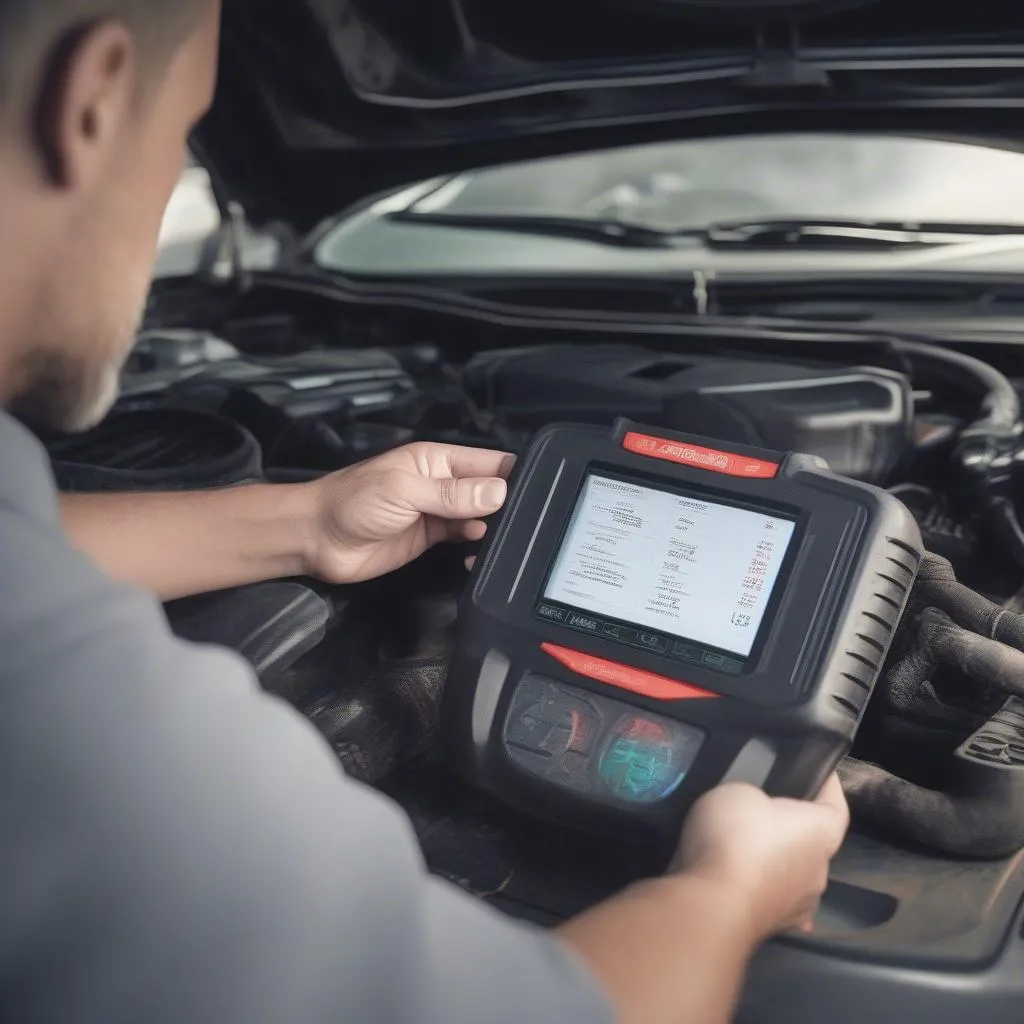 Car Diagnostic Tool
Car Diagnostic Tool
2. Replacing Worn Suspension Components:
- Once you’ve identified the faulty component, refer to your E350’s repair manual for specific instructions on how to remove and replace it.
- Remember to use the correct tools and torque specifications when tightening bolts.
3. Addressing Differential Issues:
- Differential repairs often require specialized knowledge and tools.
- If you suspect a differential problem, it’s best to consult a qualified mechanic.
4. Fixing Wheel Bearing Problems:
- Replacing a wheel bearing involves removing the wheel, brake caliper, and rotor to access the bearing.
- This repair is best left to professionals if you’re not comfortable working with brakes.
5. Correcting Alignment Issues:
- After any rear-end repair, it’s crucial to get your E350’s alignment checked and adjusted by a professional.
FAQs: Common Questions about 2011 Mercedes E350 Rear End Issues
Q: How much does it cost to fix the rear end of a 2011 Mercedes E350?
A: The cost varies greatly depending on the specific issue, labor costs in your area, and whether you choose OEM or aftermarket parts. Minor repairs like replacing bushings might cost a few hundred dollars, while more extensive repairs involving the differential could cost upwards of a thousand dollars.
Q: Can I drive my E350 with rear-end problems?
A: It depends on the severity. Minor issues might be manageable for a short time, but driving with a serious rear-end problem can be dangerous and lead to further damage. It’s always best to get it checked out as soon as possible.
Q: How often should I get my E350’s suspension inspected?
A: It’s recommended to have your suspension inspected by a qualified mechanic at least once a year or every 12,000 miles, whichever comes first.
Q: Can I use aftermarket parts for my E350’s rear-end repair?
A: While aftermarket parts are generally cheaper, OEM parts are specifically designed for your E350 and often come with a warranty. It’s crucial to weigh the pros and cons and choose reputable brands if you opt for aftermarket parts.
In Conclusion: Keeping Your E350 Running Smoothly
Addressing rear-end problems promptly is essential for maintaining your 2011 Mercedes E350’s performance, safety, and longevity. By understanding the common causes, recognizing the symptoms, and following the appropriate repair steps, you can keep your E350 running smoothly for years to come. Remember, consulting a trusted mechanic and investing in quality parts and tools can make all the difference in ensuring a safe and reliable driving experience.

